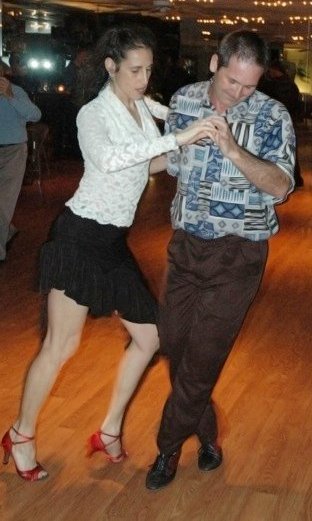The first time it was 1999 and I was working in software in Boston–in other words, huge demand for software people and short supply. I was using a recruiter and told him I wanted an early stage startup, less than 20 people, using Java technology, and accessible by subway.
The recruiter either didn’t care or didn’t understand. In one case I was 10 minutes into a first interview and the guy was giving me an overview of the company that was later stage and 80 people. I stopped him there and said, “I’m sorry, but I don’t want to waste your time. I’m looking for a smaller company and the recruiter has wasted both our time by not listening to what I asked for.” Then I thanked the guy and left. I then required phone conversations from companies the recruiter sent me before I went out. After two other similar incidents I stopped using the recruiter.
On multiple occasions I’ve received an offer for a job I didn’t quite want but I liked and respected the people. When I turned them down I did so simply feeling that it wasn’t the right fit for me at the time (often direction I want my career to go versus direction the company is going, or have another offer I find more interesting) but I did so politely and often times kept in touch with some of the people I’ve met. In some situations Ill even refer other candidates to them. WHENEVER POSSIBLE I USE INTERVIEWS AS A CHANCE TO BUILD MY NETWORK, IN ADDITION TO FINDING EMPLOYMENT. GIVEN THAT MOST INTERVIEWS DONT RESULT IN A JOB FOR ANY GIVEN INTERVIEW IM MORE LIKELY TO GET A BENEFIT FROM THE RELATIONSHIP BUILDING RATHER THAN THE JOB OPPORTUNITY.
A few years back a friend of mine asked me to join him for breakfast. An executive from Sears was in town and could use my advice. We chatted over breakfast and he asked me to go back to his office to continue the conversation. By the time lunch came around he offered me a job. I had been consulting the last few years but was looking to get out of it. Despite wanting to go internal to a company I replied, “I’m a 34 year old single guy living in Manhattan; you’re asking me to move to western Illinois where people get married in their 20s and divorced in their 40s. If I move there my chances of dating and getting married would be pretty slim. How about I come consult and help you out for a few months?” And from there had a very enjoyable contract with Sears.
For more great information follow us on Twitter and become a FaceBook Fan!
Filed under: Interview Tips | Tagged: Boston, Business, Company, cover letters free, Employment, Free Resume Rewrite, help my resume, help my resume blog, Help Pay My Bills, help with my resume, Help with resume, HelpMyResume.org, how to get ahead, how to make resume, I need help building my resume, Information Technology, Java (software platform), job resume sample, job search, Mark Herschberg, Myresume.org, objectives for resumes, resume how to write, Resume rewriting, resume write, resume writing free, resumes objectives, Technology, Volunteer resume | Leave a comment »














